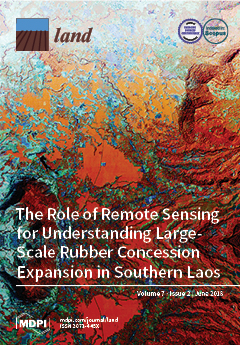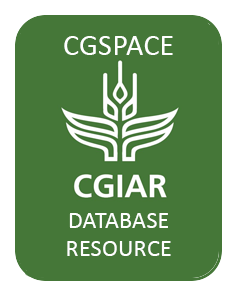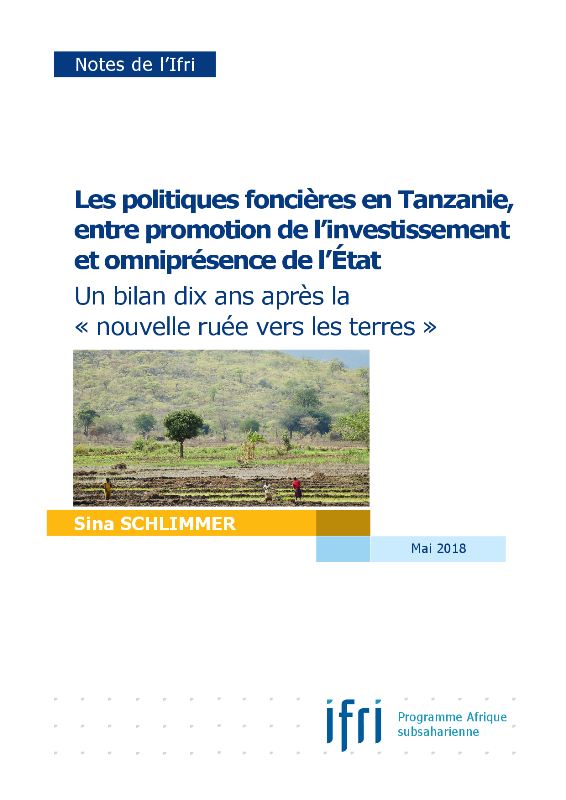Displaying 97 - 108 of 2795
Peer-reviewed publication
Junio 2018
Rangelands throughout sub-Saharan Africa are currently undergoing two major pressures: climate change (through altered rainfall and seasonality patterns) and habitat fragmentation (brought by land use change driven by land demand for agriculture and conservation). Here we explore these…
Policy Papers & Briefs
Abril 2018
Date: Mai 2018
Source: Farmlandgrab, <a href="https://www.ifri.org/fr/publications/notes-de-lifri/politiques-foncieres-tanzanie-…
Manuals & Guidelines
Abril 2018
Marzo 2018
Journal Articles & Books
Marzo 2018
Background: Diarrhoea is a leading cause of morbidity and mortality among the under-five children in low-income countries. Despite improvements in water and sanitation coverage, studies show that diarrhoea is still a major public health problem in Ethiopia. This study was designed to determine…
Reports & Research
Febrero 2018
Reports & Research
Febrero 2018
Policy Papers & Briefs
Febrero 2018



